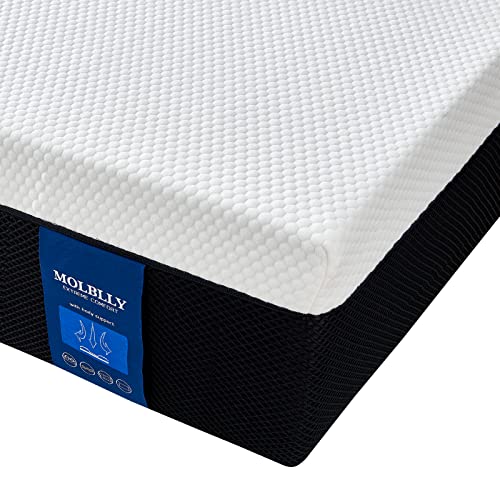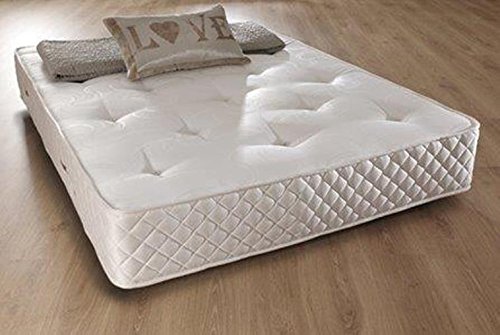Are Kids Ready For Bunk Beds?
 Bunk beds are an excellent option for kids rooms that are short on space. They can be used to study space or playroom during the daytime.
Bunk beds are an excellent option for kids rooms that are short on space. They can be used to study space or playroom during the daytime.
If your children are ready to move to bunk beds You’ll need to assess their dexterity and maturity. You will also need to be aware of their sleeping habits.
Age of Transition to the Top Bunk
The age at when children are ready for bunkbeds can vary greatly. Most experts recommend that children don’t sleep on the top bunk until they are six years old. Children younger than 6 years old age are unlikely to have the dexterity and maturity to safely walk up the ladder. They may also have difficulty understanding and complying with safety regulations for example, not jumping off the top bed or climbing on the guardrails.
It’s also important to consider the level of raunchy your child is in determining if they’re ready to sleep in bunk bed kids beds. Children who are reckless or who do not respect the rules shouldn’t be using bunk beds as they could cause serious injuries. Additionally, children who are at risk of falling out of bed or are especially tall may not be able safely use the top bunk even if they are six years older.
As kids get older, they could outgrow their bunk beds. In this case, it’s a good idea to move them to a conventional bed so that they can rest more comfortably and have more space. It could be as easy as switching to twin beds or as complicated as investing in a great treehouse-style bunk bed, such as the Mathy by Bols that can transform into a full-size bed.
It is recommended to start by starting with the bottom bunk then work your way upwards. This will ensure that your child is mentally and physically prepared for the transition. This can help prevent them from getting discouraged if they do not immediately get the chance to move up to the top bunk.
It’s also a good idea for parents to teach their children the importance of adhering to the safety rules no matter where they sleep on their beds. This includes teaching youngsters not to leap off the bunk, not to hang items from the rails, and to always use the ladder safely.
Safety Considerations
Bunk beds are an excellent solution for kids bedroom furniture, but you should be aware of the risks. Understanding the risks, adhering to the instructions for assembly of the manufacturer, and implementing other precautions can ensure that your children have fun playing with bunk beds, without putting them in danger.
The ladder poses a significant safety concern, as it can be used to climb up and down from the top bunk. Unsupervised, children may use the ladder to play which could lead to dangerous consequences. Ladders that are improperly secured may fall off the edge of the bunk bed which could cause children to be pinned under, leading to fatal head injuries. Children may also fall off balance when climbing the ladder due to mishandling.
To decrease the risk, instruct your child to make use of the stepladder for climbing up and down the ladder and not to be used as a game. A night light or some other type of lighting near the ladder is beneficial. This will help to illuminate the path that leads up and down the ladder in the dark, and also prevent children from accidentally falling off or tripping over the furniture or other items in the room, like furniture or toys.
Safety considerations also include making sure the mattress is positioned on the bunk bed frame properly and ensuring that the bed is placed away from windows, blinds ceiling fans, cords and blinds, and ensuring there aren’t any sharp edges on the ladder or bunks. It is also important to stop rough play and horseplay on the bunks, since this can cause structural damage and lead to injuries.
Before letting your children into the bunks, ensure that there aren’t loose bolts, weak spots or other risky areas. Also make sure there aren’t any gaps or gaps in the safety railing or the headboard that could allow a child’s head or legs to be trapped. These gaps should not be greater than 3.5 inches. In accordance with safety guidelines, you must also make sure that the guardrails on either side of the top bunk are at least 5 inches over the mattress.
Selecting the best bunk beds for kids Bunk Bed
Bunk beds can bring an enjoyable and social environment to kids’ rooms There are a variety of different options to pick from. You can make the most of space and accommodate a range of sleeping preferences and needs by choosing the ideal bunk bed layout.
Begin by looking at a variety of materials and finishes to find the best fit for the design of your child’s bedroom. Consider how you want the headboards and footboards appear and whether you prefer solid panels, slats or curved bed ends. Then, select a color and finish that is the best match for the decor of your home while standing against the tests of time and fashion.
Then, you can decide if would like the bunk beds with a ladder, an angled ladder, or a staircase. Each of these options offers unique safety and convenience benefits. Ladders and angled ladders be smaller in size however, they are difficult for children who are younger to climb, while staircases require more assembly time and could be costly.
Standard bunk beds are two twin beds placed perpendicularly on top of one another, with an incline or ladder to reach the top. You can also look into a loft bed that has an open space beneath for storage and a desk, or a play space. These kinds of beds can also accommodate a full mattress on the bottom and a twin on the top, offering an option for dozing that is flexible for children’ shared bedrooms or vacation homes.
After you’ve determined the kind of bunk bed that’s right for your family, it’s time to get shopping. Explore the options at furniture stores, home improvement centers and online retailers to find the perfect bunk bed to meet your kids bunk bed mattresses‘ needs.
When selecting a bunk bed, pay particular focus on the material of the frame, as it plays a critical part in your child’s safety and comfort. Avoid cheap, inferior materials that can easily sag or break. Also, choose solid woods instead of particle boards made of smaller wood flakes that are glued together, as they are more durable and offer greater stability.
Getting Started
Most children eventually be enthralled by the idea of bunk beds. They are the perfect solution to rivalries between siblings about who has the top bunk, and also a fantastic option for more than one child to be accommodated into a smaller space. Bunks are a great way to make room for friends at sleepovers and to have fun without having to purchase extra bedding.
If you are deciding on the ideal bunk bed for your family, there are some crucial things to think about. Consider whether your children will be able get into and out of the top bunk comfortably and safely. This is especially important for children who are susceptible to sleepwalking, or who may have trouble avoiding rolling off the sides of the bed. If they can’t do it easily, then a ladder might be the best option.
The overall design and style of the bunk bed is important. You’ll want to make sure that it is in line with the decor of your bedroom and that your children are happy with it. Bunks come in a range of styles, from traditional to modern. They can also be made out of various materials, such as pine and MDF, according to your preferences and the cost range you are comfortable with.
If you are assembling your bunk bed yourself, it is a good idea to make an inventory of all the tools that you will need and check that you have everything before starting. This will save you from frustrations like realizing that you’ve forgotten an screw halfway through the project.
You can make your bunk bed more appealing to your children by being creative. There are a variety of fun accessories available to choose from for your bed, including themed bed tents that transform the top bunk into a castle or fort and the perfect place for them to play all day (and all night! ).
 It is important to teach your children to put away their toys away after playing. You can keep your child’s bedroom tidy and neat by using bunk beds with storage built-in.
It is important to teach your children to put away their toys away after playing. You can keep your child’s bedroom tidy and neat by using bunk beds with storage built-in.
